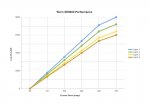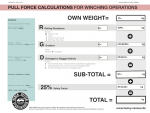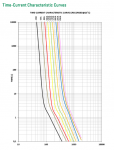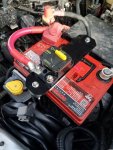thezentree
pretend redneck
Have we done this yet?
The last time I used my winch I used it to pull a uhaul out of a snowy ditch. My winch has a Bluetooth remote, and a couple of times it didn’t stop running when I released the button. I could stop it by pressing the button again, but it made me realize I have no overload protection, or even just a disconnect to remove power in a situation like that. I spent some time looking for info on how to choose an appropriate circuit breaker or fuse and had a really hard time find anything. I found a recommendation from Comeup calling for a 190A breaker, but that was about it.
I called Warn to get their input (mine’s a Warn), and to my surprise they told me they recommend to NOT use a circuit breaker or a fuse because they haven’t found one that will handle the 400A these things can draw.
400A? Holy ******** that’s a ton of current. It makes me super nervous to not have any overcurrent protection.
Do any of y’all have breakers or fuses in your winch circuit? Disconnects?
The last time I used my winch I used it to pull a uhaul out of a snowy ditch. My winch has a Bluetooth remote, and a couple of times it didn’t stop running when I released the button. I could stop it by pressing the button again, but it made me realize I have no overload protection, or even just a disconnect to remove power in a situation like that. I spent some time looking for info on how to choose an appropriate circuit breaker or fuse and had a really hard time find anything. I found a recommendation from Comeup calling for a 190A breaker, but that was about it.
I called Warn to get their input (mine’s a Warn), and to my surprise they told me they recommend to NOT use a circuit breaker or a fuse because they haven’t found one that will handle the 400A these things can draw.
400A? Holy ******** that’s a ton of current. It makes me super nervous to not have any overcurrent protection.
Do any of y’all have breakers or fuses in your winch circuit? Disconnects?













